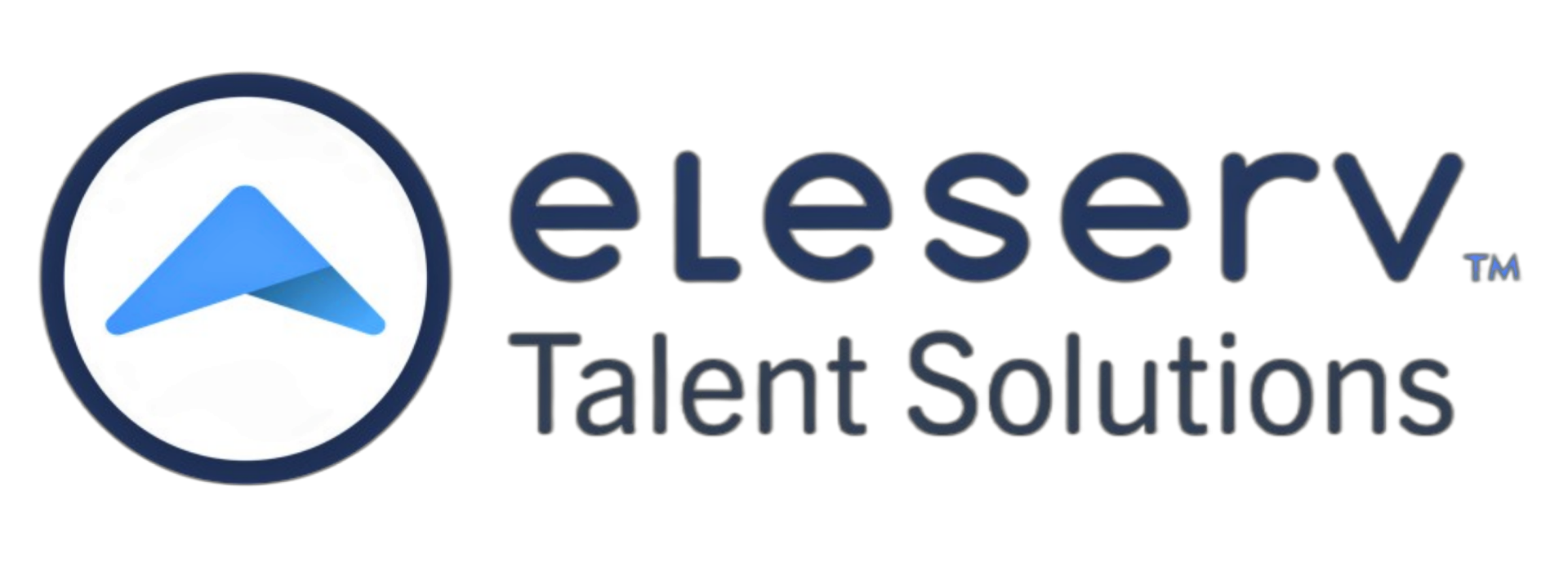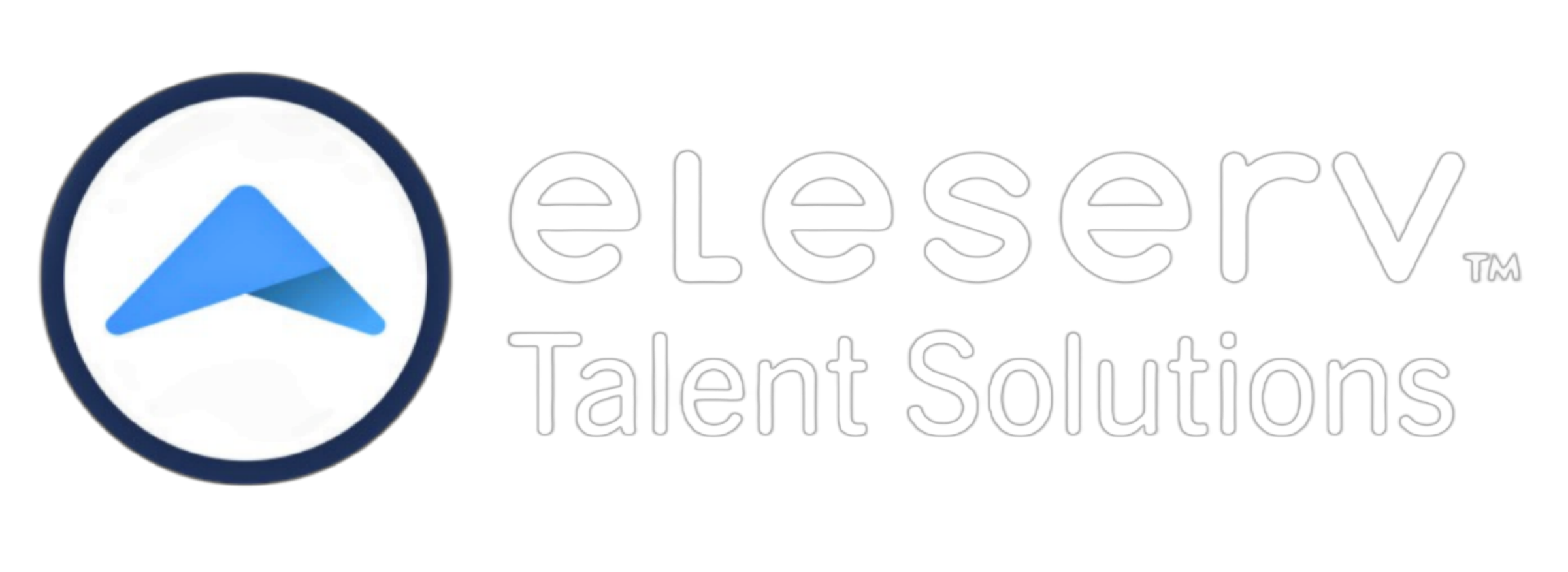Talent Retention: The Cornerstone of a Successful Talent Growth Strategy
In today’s competitive job market, organizations are beginning to invest heavily in attracting and retaining talent. Unfortunately, the retaining part of that sometimes gets overlooked. Unfortunately, organizations who do not have a solid talent retention strategy are constantly chasing their tails. They are constantly having to replace skill after skill because people with crucial skills are leaving out the back door. A strong talent growth strategy isn’t just about bringing in new hires; it’s about keeping your best people engaged, motivated, and committed to your organization’s success.
Why Talent Retention Is Critical to Talent Growth
- 1. Maximizing ROI on Talent Investment
Recruiting and training employees requires significant resources, both in terms of time and money. When employees leave, those investments are lost, and the organization has to start over. By retaining top talent, companies can maximize their return on investment and ensure continuity in leadership and performance. - 2. Maintaining Organizational Knowledge and Expertise
Employees who stay with a company for a long time develop valuable institutional knowledge that contributes to productivity, efficiency, and innovation. High turnover disrupts workflows, creates knowledge gaps, and places additional strain on remaining employees who must pick up the slack. - 3. Enhancing Employer Brand and Talent Attraction
A strong retention strategy boosts an organization’s reputation as a great place to work. When employees are happy and engaged, they become brand ambassadors, attracting top talent through positive word-of-mouth and employer reviews. High turnover, on the other hand, can damage an organization’s image and make it harder to recruit the best candidates. - 4. Driving Employee Engagement and Productivity
Employees who feel valued and see a future within the organization are more engaged and productive. Retaining high-performing employees ensures that teams remain stable, collaboration improves, and overall organizational performance remains strong. - 5. Fostering a Culture of Growth and Innovation
Long-term employees are more likely to contribute to a culture of continuous improvement and innovation. When people feel secure in their roles, they are more willing to take risks, share ideas, and drive strategic initiatives forward, ultimately helping the company grow. - 6. Reducing Costs Associated with Turnover
The cost of turnover is high—not just in recruitment expenses, but also in lost productivity, training new employees, and the potential impact on team morale. Retention efforts help mitigate these costs and provide stability for long-term growth.
How Organizations Can Improve Talent Retention
To build a talent retention strategy that supports growth, organizations should focus on the following:
• Career Development and Growth Opportunities – When organizations foster a culture of internal mobility and create career paths and opportunities for advancement, employees will feel more engaged and motivated and are more likely to stay.
• Competitive Compensation and Benefits – It is important to have competitive compensation and benefits. If an individual can go to another organization to increase their pay and/or benefits, that may be a motivator for some to leave. However, if you are unable to keep up with your competition in this area, some of the other factors may be a good substitute.
• Strong Leadership and Management – Strong Leadership and Management is one of the most important elements of employee retention. On the other hand, leadership and management that is not strong or “bad” can be one of the bigger factors for driving employees away. A supportive leadership team that values employees’ contributions foster loyalty and engagement. Try to provide continuous development for your leadership team to ensure that you never have to hear “I am leaving because _______ is a jerk”.
• Foster a Culture of Continuous Learning – One of the best ways to motivate and retain employees is making sure that they feel like you care about them. By creating a culture of continuous learning and giving them opportunities to learn and improve their skills, you send a message to them that they matter. Organizations that foster a culture of continuous learning have higher retention rates across the board.
• Hire for Job Fit –- With the right people working in the right roles and developed to their full potential, your organization can build and engage a high-performing workforce that drives results.
• Recognition and Employee Engagement Initiatives – Acknowledging and rewarding employees for their hard work boosts morale and commitment.
To effectively retain talent, organizations must regularly measure employee sentiment on these key factors. Conducting ongoing surveys, stay interviews, and feedback sessions can provide valuable insights into how employees feel about career growth opportunities, compensation, leadership, learning culture, job fit, and recognition. Engagement metrics, such as retention rates, internal mobility statistics, and participation in learning programs, can also help gauge overall satisfaction. By actively listening and responding to employee feedback, organizations can address concerns before they lead to turnover and continuously improve their workplace culture. If you are looking to get help on doing any one place you might check is HERE.
Conclusion
Talent retention is not just an HR responsibility, it is a business imperative. Organizations that prioritize retention as part of their talent growth strategy will build stronger, more resilient teams, reduce costs, and position themselves for long-term success. Investing in the development and well-being of employees fosters a thriving workplace culture that drives both individual and organizational growth.


